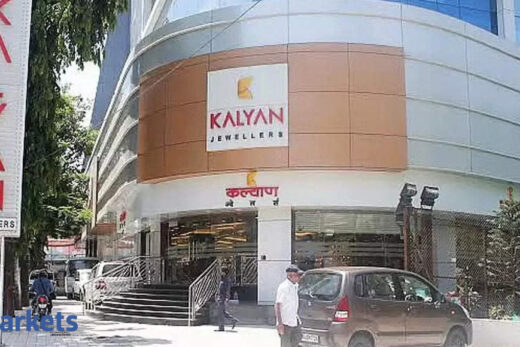The rising prosperity in villages due to buoyant farm economy, diversified economic activities, rise of services businesses and the explosion of the internet and affordability of smartphones have changed the economic equation between those who have the money and those who need it.
“The next generation of rural is mobile-ready. . It’s a misconception that rural is backward; there is a 33% penetration of internet and 37% smartphone penetration. They are adopting technology significantly,” said Sumant Kathpalia, CEO,
.
“And the last 18 months have simply been a transformation. Now we are issuing loans in 7 minutes as compared to 7 days in rural locations. We know that rural will remain a combination of physical and digital. So we set up 70,000 touch points and we aim to take that to 2 lakh soon.” That rural India has fared better during the pandemic and that a rural cyclical boom this time is coinciding with the availability of tools in the form of technology and eagerness to lend could transform the economy, said top executives at the ET Financial Inclusion Summit.
“Look at all the rural metrics…they are doing wonderfully well be it production or prices and it will put a lot of money in the hands of the rural folk”
“I feel the rural part of the Indian economy is headed for a super-cycle, these cycles come every 4-5 years,” said Dipak Gupta, joint MD,
.
“Look at all the rural metrics…they are doing wonderfully well be it production or prices and it will put a lot of money in the hands of the rural folk. Whether it’s payments, lending, savings or protection, some of us have just made the beginning to access the market via digital channels, but the big news is yet to come” There is a need for higher collaboration between banks and other financial sector intermediaries to take banking to the nook and corner of the country, they said.
“The backbone created by NPCI, Be it UPI…or the DBT platform, has proven helpful to take digital to nook & corner in trying times”
The National Payments Corporation of India remains on a mission mode to ensure that the magic it has delivered so far reaches every rural household. “Payment is the basic backbone of all services; once we are able to deliver that, it will be a huge stepping stone for the customer to attempt other complex financial transactions,” said Dilip Asbe, CEO, NPCI. “The backbone which has been created by NPCI, be it UPI, AePS or the DBT platform, has proven helpful to take digital to the nook and corner in these trying times.”
Of course, as the cities and towns changed over the past decade, the villages also did so though at their own pace. But that has positioned them for a take-off now.
“I am amazed at the willingness of rural India to adopt technology; we assumed that their learning curve will be higher,” Sameer Nigam, CEO, PhonePe. “But we have seen bill payments, utilities, mobile recharge…these services were not reaching them. Tier 2 cities, and beyond, account for over 80% of our users and it’s the fastest growing segment.”
Nigam said that while transactions have grown in the last year and a half years thanks to UPI, the banking architecture is headed for a sea change. “The UPI QR code is almost a 100 times higher than PoS devices. It’s telling us that even with 50% adult population with smartphones, people are hungry for mobility,” Nigam said. “I don’t think phydigital is the answer. I should be able to get a loan without a card and a bank branch. Here the technology is not the disabler — it’s a regulatory concern.” While the young innovators may see regulations as hurdles, seasoned ones know they are dealing with the common man’s money and misadventure with that could not only prove costly.
“I am amazed at the willingness of rural India to adopt tech; we assumed that their learning curve will be higher”
“Traditional bankers are more concerned about the risk aspect; we may not be willing to experiment a lot because we have been through cycles where we take beatings,” Gupta said. Kathpalia said that while collaboration was the way forward, banks were also focussed on lending to the unbanked. “Fintechs are more focused on the 100 million unbanked and we on the last 100 million who need micro finance. Rural is a big opportunity which we are capturing,” he said.



